Results 4,251 to 4,260 of 12094
Thread: Anandtech News
-
08-28-14, 05:30 AM #4251
Anandtech: AMD Radeon R7 SSD (240GB) Review
In 2011 AMD took the first step in expanding the Radeon brand and partnered with Patriot and VisionTek to provide AMD branded memory. With the launch of the Radeon R7 SSD AMD is continuing this strategy by jumping into the SSD market. Just as they did with memory, AMD is partnering with a third party that handles the development, manufacturing and support of the product, which in the case of the R7 SSD is OCZ. Based on OCZ's Barefoot 3 controller, the R7 is positioned between the Vector 150 and ARC 100 with its four-year warranty and 30GB/day endurance. Read on to see what AMD's first SSD adds to the market.
More...
-
08-28-14, 09:31 AM #4252
Anandtech: Broadcom WICED Sense Boosts IoT Development Ecosystem
The Internt of Things (IoT) revolution is in the process of taking off in a big way with the rising popularity of wearables and home automation platforms. Different vendors have placed their bets on different radios / protocols for IoT. For example, Sigma Designs is heavily promoting Z-Wave, while Freescale and some other vendors are pushing 802.15.4 (ZigBee). Broadcom's play in the IoT market is the WICED (Wireless Internet Connectivity for Embedded Devices) platform. The strategy involves a combination of Bluetooth and Wi-Fi, with Bluetooth being the primary focus.
The WICED platform has been around for some time now. A couple of days back, Broadcom announced an update in this category by launching a new development kit, the WICED Sense. In addition to the BCM20737 Bluetooth SiP, the kit also integrates five different MEMS sensors (gyroscope, accelerometer, e-compass, barometer and humidity/temperature measurement).
The kit is already FCC certified. It has a micro-USB connector for simplified application development. Apps exist for both iOS and Android. iBeacon support is also touted. Best of all, this kit is available for around $20, enabling enthusiasts and developers to economically develop and prototype their IoT product concepts.
Along with the product announcement, Broadcom also let us in on a select list of IoT products with communication enabled by their silicon.
- Galaxy Gear2 by Samsung
- BCM4334 Single-Chip Dual-Band Combo Device Supporting 802.11n, Bluetooth 4.0+HS & FM Receiver
- Smoke + CO Alarm by Nest
- BCM43362 WICED 2.4GHz Wi-Fi Controller
- Wi-Fi Smart Thermostat by Honeywell
- BCM43362 WICED 2.4GHz Wi-Fi Controller
- MyQ Garage Door Controller by Chamberlain
- BCM43362 WICED 2.4 GHz Wi-Fi Controller, BCM20702 Bluetooth Processor and BCM20732 Bluetooth SMART SoC
- LED Smart Bulb by Lifx (X2)
- BCM43362 WICED 2.4GHz Wi-Fi Controller
- LeapPad Ultra by Leapfrog
- BCM4319 single-chip device, with radio, MAC, baseband & integrated power amplifier (PA)
- Halo Hearing Aid by Starkey
- BCM20732S WICED 2.4GHz Bluetooth SMART SIP Module
- Toy Car by UPRTek
- BCM20732S WICED 2.4GHz Bluetooth SMART SIP Module
- iGrill by iDevices
- BCM20737 WICED 2.4GHz Bluetooth SMART SoC
- Nimbus by Quirky
- BCM43362 WICED 2.4GHz Wi-Fi Controller
- ViSi Mobile System by Sotera Wireless
- BCM43341 Quad Combo Dual-Band (2.4 GHz/5 GHz) 802.11 g/n MAC/Baseband/Radio with Integrated Bluetooth 4.0, NFC & FM Receiver
- Wi-Fi Weight Scale by Blip
- BCM43362 WICED 2.4GHz Wi-Fi Controller
The above list includes some of the hottest IoT products in the market right now. Z-Wave and ZigBee have been around for a long time. But, it is Wi-Fi which is helping IoT products reach out to a larger market. Bluetooth support enables a different kind of IoT use-case where the device is better off communicating with a smartphone or similar mobile device directly. Broadcom seems well set to target this market with a comprehensive solution set for all kinds of IoT developers (from the enthusiast in his garage to companies delivering high-volume products).
More...
- Galaxy Gear2 by Samsung
-
08-28-14, 01:00 PM #4253
Anandtech: ZyXEL Launches SISO and MIMO HPAV2-based Gigabit Powerline Adapters
Last year, we saw the introduction of HomePlug AV2 (HPAV2) silicon from both Broadcom and Qualcomm Atheros. In conformance with the usual product development cycle, we saw the announcement of various HPAV2 products at CES in January. TP-LINK and TRENDnet were the players that seemed to be taking the lead in getting them to the market. Even though their products were supposed to ship in Q2 / Q3, we are yet to see them outside tradeshows.
ZyXEL is springing a surprise by launching two powerline adapters based on the HPAV2 standard with confirmed ship dates
- PLA5206
- Broadcom BCM60333 HPAV2 SISO Chipset
- PLA5206KIT contains a pair of adapters, MSRP of $160
- Available Sept. 1
- Delivers speeds of up to 1Gbps
- Utilizes HomePlug AV2 standard to transmit multiple HD video streams simultaneously
- 128-bit encryption
- Green power saving options
- PLA5405
- Qualcomm Atheros QCA7500 HPAV2 MIMO Chipset
- Pricing TBD
- Available Oct. 1
- Delivers speeds of up to 1.2Gbps
- Line-Natural / Line-Ground MIMO smart-antenna technology allows data to be sent simultaneously over different wires, delivering faster throughput / extended coverage
- Utilizes HomePlug AV2 standard to transmit multiple HD video streams simultaneously
- 128-bit encryption
- Green power saving options
Things have been relatively quiet on the powerline networking front from a home consumer perspective (with Wi-Fi advancements being the primary networking market driver right now). That said, these solutions will be a welcome addition in buildings where Wi-Fi remains ineffective due to reach issues. Powerline technology remains attractive for service providers and consumers in the EMEA / APAC markets.
More...
- PLA5206
-
08-28-14, 01:30 PM #4254
Anandtech: A Look at Bioshock for iOS and How it Compares to its PC Counterpart
I originally bought Bioshock for PC a number of years ago during one of Steam's summer sales. It was $2, and I had heard good things about it so I decided to buy it. Unfortunately like many of the inexpensive purchases I made, the game sat in my library unplayed for a long period of time. A couple of years after purchasing it, a friend of mine mentioned that I had quite a number of unplayed games in my Steam library and insisted that I play some of them. At that time I finally sat down and played Bioshock, and it became one of my favorite first person shooter games of all time. While some of the visuals seemed dated as a result of me playing it so long after its release, the atmosphere, setting, environments, and the story were some of the best I had experienced in a video game.
When I recently heard that Bioshock would be coming to iOS, I felt both excitement and worry. The excitement was obviously due to my love of the game and the appealing prospect of being able to play it on a smartphone. The worry came from my fear that the game would be severely crippled to run on mobile devices. Deus Ex: The Fall was a recent disappointment for smartphone gaming based on a successful PC and console franchise, and I worried Bioshock would meet a similar fate. But I was hopeful that it would be a faithful experience so long as they maintained the original experience which wasn't designed for the limitations of mobile hardware. Thankfully from my experience with the game so far, my hope wasn't misplaced.
Getting Set Up
Bioshock was originally released in 2007, and includes support for DirectX 9 on Windows XP and DirectX 10 on Windows Vista. Windows 7 has never really been an officially supported operating system, and I find that Bioshock gives me more trouble than other games do. Just do a Google search for "Bioshock crash windows 7" and you'll see what I mean. The issues seem to relate to audio, as on a new Windows install I will either have issues with crashes to desktop or a lack of audio in an otherwise functioning game. Disabling all sound output devices except for the one in use seemed to fix the issue this time.
Once the game was booted I jumped into the graphics settings menu to make sure everything was at its highest setting. For the purposes of these comparisons the PC versions of the game was run at 1920x1080 for a 16:9 aspect ratio matching that of the iPhone 5s version.
There's one option here that needs to be discussed and that's the option for "Horizontal FOV Lock." Essentially this setting keeps the horizontal FOV at the same value it would be on a 4:3 display regardless of the aspect ratio of the monitor being used. For 16:9 displays this means a more zoomed in appearance. Below I've put screenshots of the game with this option on and off, as well as the iPhone version for reference.
Top: FOV lock off. Middle: FOV lock on. Bottom: iPhone versionThe iOS version of the game doesn't have any sort of graphical settings menu. As you can see above, it definitely uses the horizontal FOV lock setting and the field of view is essentially the same as on a PC or console with the setting enabled. At the very least, this ensures a consistent experience going from iPhone to iPad, but I'm still not a fan of how zoomed in it feels at times.
Bioshock on iOS doesn't really require any setup like the PC version. There are settings for difficulty, subtitles, object highlight, the quest arrow, and vita chambers, but like other mobile games there's nothing involving graphical settings. The menus themselves are the same as the PC version which really helps to make it feel like you're playing the full Bioshock and not a cut down mobile experience.
Graphics
The first thing to talk about here is what devices Bioshock runs on. This is definitely the most demanding game on the App Store, and despite the visual concessions in bringing a PC game to mobile it still requires significant processing power. Because of that, only devices sporting Apple's A6 or A7 chips can run the game. This means that every Apple A5 (and A5X in the third generation iPad) device is unsupported which is quite a long list of devices. First generation iPad Mini owners may be especially disappointed since their device is still sold and isn't even two years old, but given that it launched with the same hardware platform as the iPad 2 from 2011 it was to be expected that it wouldn't have a record setting length of time for software support.
Top: PC. Bottom: MobileThe game looks very impressive for a mobile shooter. Scenes like the introduction with the plane crash and the burning wreckage on the water have impressive fire and smoke effects that compare well to the PC version. However, there were definitely sacrifices made with the lighting and the shadows. The images for the HUD and the menus are also surprising low resolution, and I think the quality reduction there had more to do with fitting inside Apple's 2GB limit for applications than any issue with hardware capabilities.
Below are some more comparisons of Bioshock on iOS compared to on PC. In all cases the mobile version is on the left and the PC version on the right. I've tried to take screenshots of several different areas and objects to give an idea of where the graphics were toned down to work on mobile, and where they really hold up well compared to the PC version. You can click the images to view in a larger size.
I feel like 2K did a good job in maintaining the quality of the models in the game when bringing it over to mobile. The effect for the electro bolt plasmid is really close to the PC version. Something that needs to be kept in mind is that some of the areas that look low quality in the iPhone screenshots are harder to notice when the game is in motion on a 4" display.
I chose the last two comparisons for a reason, as they do well to demonstrate the affect that the reduced lighting and shadows have on the game's atmosphere. Graphical fidelity aside, the game just isn't as dark and creepy on mobile. The shadow of the splicer playing with the baby carriage being missing was especially disappointing as that's a very disturbing scene and it doesn't have the same impact without it.
The aliasing is also a significant issue as well. I don't know what resolution the game has to render at to run at an acceptable frame rate but I think I would have taken some more graphical reductions for either anti-aliasing or a higher rendering resolution. My big concern is that the aliasing is really noticeable even on a 4" iPhone 5s which has the best CPU and GPU speed relative to its resolution of all the devices the game runs on. While the iPad Mini Retina and iPad Air are less thermally constrained and can sustain higher clock speeds for a greater period of time, they're likely to have even more issues with aliasing with the game being scaled up to larger displays. I also began to wonder about the overhead impact of OpenGL ES and if the game could look even better if it had been made to run using Apple's Metal API that will be launching with iOS 8. I emailed 2K and they were unable to comment on any plans for using Metal on Bioshock or any future releases so we'll have to wait and see how future iOS games can look with Metal.
Below I have an album of all the screenshots I took while playing. At the time of writing I was at the medical pavilion level and I do intend on completing the game on mobile. One final thing to note is that there's no significant compression to the game's audio to reduce the size. The audio contributes greatly to the atmosphere of Bioshock and I'm very happy it was preserved.
Gameplay
In my opinion the gameplay is really what matters. I would rather have a game that visually mediocre but enjoyable to play than one that looks amazing but feels like a glorified tech demo when played. I don't have access to a Bluetooth controller so I'll be evaluating the touch control experience for Bioshock on iOS. I believe that's how most users will play the game anyway.
Before I talk about how the HUD functions, I really do need to reiterate that the blurriness of all the controls is distracting and annoying. I don't know why they're so low resolution and I really hope 2K updates the game to fix them.
Bioshock has a more complex control scheme than other first person shooters. This is partly due to the inclusion of plasmids which necessitates a way to switch between them and your weapons. Before the game released I had wondered if the game would be altered to allow plasmids and weapons to be used simultaneously like in Bioshock 2, but the original system has been preserved.
Movement is controlled by a virtual control pad on the left side which only appears when in use. Crouching and standing is controlled by the button on the left of the screen. On the right side of the screen there is a button with three bullets on it which is used for reloading weapons. When using plasmids the icon of this button changes to an eve hypo syringe. The section below the reload icon controls switching between weapons and firing. Tapping on the icon for the selected weapon or plasmid fires it. Tapping the other icon is how you switch between weapons and plasmids. When using a weapon or plasmid, the arrow icon cycles through them. This can be troublesome when trying to switch from the wrench to a weapon like the chemical thrower which requires several presses. The last menu section is the ammo selection menu at the top which allows you to cycle through the various ammo types for your weapon.
In practice these controls work fairly well as far as touch controls go, although I really want to try the game out using a Bluetooth game controller. The one control you may notice is missing is for jumping. Bioshock for iOS actually doesn't have a way to jump, and some levels have had changes made as a result. For example, the very first level in the PC version has a fallen pillar on the ground and when approaching it the game tells you to hit the space bar to jump over it. Since the iOS version has no jumping, this tutorial and the fallen pillar was removed. While this does feel like a concession to make the game work on mobile, jumping was never a big part of Bioshock to begin with and when playing I never wanted to jump but was unable to.
One thing I would like to see is an update to allow the placement of the controls to be changed. The current position of the controls for firing and weapon switching end up covering the viewmodel for your weapon and I would like to move it further to the right side of the display.
The rest of the gameplay is very faithfully brought over to mobile. Plasmids, hacking, upgrades, and everything else is still in the game. The hacking in particular translates very well to mobile, it may actually be better on mobile than it was on PC.
Conclusion and Thoughts on Handheld Gaming
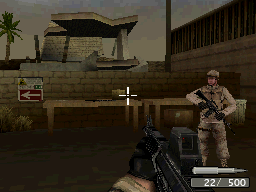 As I'm writing this I'm actually anxious to get back to playing because it's very exciting to have a full fledged first person shooter game that can be put right in your pocket. When I was younger I remember that Call of Duty 4 for the Nintendo DS was the best you had for a handheld first person shooter and as you can see in the image on the right it's not too impressive. We've come a long long way with what phones and handheld gaming devices can do. Although you often hear the term "console quality" thrown around regarding mobile GPU capabilities, I don't think we're quite there yet. But the gap between current generation smartphones and the previous generation of game consoles is certainly closing, and there's nowhere for the quality of mobile games to go but up. I'm very excited to see what the future holds for mobile gaming.
As I'm writing this I'm actually anxious to get back to playing because it's very exciting to have a full fledged first person shooter game that can be put right in your pocket. When I was younger I remember that Call of Duty 4 for the Nintendo DS was the best you had for a handheld first person shooter and as you can see in the image on the right it's not too impressive. We've come a long long way with what phones and handheld gaming devices can do. Although you often hear the term "console quality" thrown around regarding mobile GPU capabilities, I don't think we're quite there yet. But the gap between current generation smartphones and the previous generation of game consoles is certainly closing, and there's nowhere for the quality of mobile games to go but up. I'm very excited to see what the future holds for mobile gaming.
Bioshock for iOS is available on the App Store now for $14.99. The download is 1.65GB in size (and takes up 2.6GB installed on my iPhone 5s) and it only runs on devices with Apple's A6, A6X, or A7 chips which includes the iPhone 5, 5c, 5s, iPad 4, iPad Mini Retina, and iPad Air. I really think it's worth checking out if you can spare the money and are a fan of the original game.
More...
-
08-28-14, 05:31 PM #4255
Anandtech: Xbox Games With Gold September 2014 Preview
It is the end of August already, which means two things. School is back, and Xbox Games with Gold has released the upcoming games for September. On the Xbox One, as usual, there are two games for the entire month but unfortunately one of the games is carried over from last month. The Xbox 360, with its much larger catalogue of games has two new games to the program though, but as is standard with the Xbox 360, one game is for the first half of the month, and the second game is for the latter half of the month.
Xbox One
Crimson Dragon
“Available Aug. 1-31, Crimson Dragon, originally an Xbox One launch title, and acts as a spiritual successor to the much-beloved Panzer Dragoon saga. It’s a fast-paced rail shooter set in a beautiful fantasy world, where you can join with up to three other players for online co-op battles. You have a half-dozen majestic draconian steeds to choose from, and they level up as you progress through the game’s epic story. Crimson Dragon also features a killer soundtrack, courtesy of Panzer Dragoon composer Saori Kobayashi.”
This is the carryover game from last month. The game is set in a science fiction universe where humans have recently colonized a planet inhabited by dragons, which can be befriended and controlled. The game is a spiritual successor to the Panzer Dragoon series, however critical and user reviews of the game have been mixed. The game scores a 56/100 on Metacritic and 6.6 for the User score. Crimson Dragon normally sells for $19.99.
Super Time Force
“Super Time Force is an action-packed platformer with a time-travelling twist! You’re in control of time itself, bending and stretching it to your advantage on the battlefield. Rewind time and choose when to jump back into the action, teaming-up with your past selves in a unique single-player co-op experience! Take control of up to 16 unique characters, and battle across 6 different time periods, from the long-ago past to the far-away future.”
Super Time Force is from the developer Capybara Games, and was originally released May 14th, 2014. This unique take on the side scroller allows the player to rewind their timestream when they die or if they choose in order to play as a previous character. It has a Metascore of 81 from Metacritic, and a 6.6 user score. Super Time Force normally sells for $14.99.
Xbox 360
Monaco: What’s Yours is Mine
“Assemble a crack team of thieves and execute the perfect crime. Sneak, steal, and run for your lives in single player or with up to four friends in local or online co-op. Find out why it won the 2010 IGF Grand Prize and has been described by Rev3Games' Anthony Carboni as "quite possible the best co-op ever."
The first game for the Xbox 360 is available starting September 1st, and comes from developer Pocketwatch Games. Monaco: What’s Yours is Mine is a stealth action game where you can play single player or co-operatively with up to four players that plays out on a top down perspective, but you can only see what is in your character’s line of site. The game scored an 81 Metascore with a 7.2 User Score on Metacritic, and normally retails for $14.99.
Halo: Reach
“Halo: Reach,” developed exclusively for Xbox 360, is theblockbuster prequel to the landmark “Halo” video game franchise and is the biggest game yet in the Halo series.“Halo” is one of the biggest video game series in history, and is the top selling franchise on Xbox. It has defined a generation of gamers and changed how people view video games.
“Halo: Reach” tells the tragic and heroic story of Noble Team, a group of Spartans, who through great sacrifice and courage saved countless lives in the face of impossible odds. The planet Reach is humanity’s last line of defense between the encroaching Covenant and their ultimate goal, the destruction of Earth. If it falls, humanity will be perched on the brink of destruction.”
The second game for the Xbox 360 is Halo: Reach by Bungie. On September 16th, Xbox 360 owners with Xbox Live Gold will have access to the prequel to the biggest Xbox franchise ever – Halo. This game got an outstanding 91 Metascore and 7.8 User Score on Metacritic, so if you have not played it this is a great chance to try it out. Halo: Reach normally retails for $24.99.
As seems to be the norm, the Xbox 360 lineup appears quite a bit stronger than the Games with Gold for the Xbox One, but that is not hard to understand with eight years of titles to choose from. If you happened to miss last month’s games, you still have a couple of days to grab them so pick them up soon before they are gone.
More...
-
08-29-14, 07:32 AM #4256
Anandtech: The State Of PC Graphics Sales Q2 2014
Every quarter, Jon Peddie Research analyzes the market for graphics and gives us a chance to see where the industry is at. The market for discrete graphics is seasonal, much like other segments of technology, so it is important to compare them not only to the most previous quarter, but more importantly to the same quarter from last year. Q2 is often a weak time in the discrete graphics industry, and 2014 was no exception. For the quarter, the market for graphics cards dropped 17.5% compared to Q1 even though the desktop PC market actually grew 1.3%. On a year-to-year comparison, the discrete graphics market dropped 17.6%, as compared to the desktop PC market as a while which fell only 1.7%. The seasonal drop was higher than the ten year average.
The total number of Add-in boards (AIBs) shipped in Q2 was 11.5 million units, with AMD decreasing 10.7% from last quarter and NVIDIA decreasing 21%, however overall market share still shows NVIDIA holding strong at 62% compared to 37.9% for AMD. Remember this is for discrete graphics only with AIBs, so we will need to examine more data to get a feel for the entire market.
The attach rate of GPUs including integrated and AIBs was 139% which is up 3.2% from last quarter. 139% may seem too high, but practically all desktop, notebook, and x86 tablets ship with some form of integrated GPU, but many desktops and notebooks also have extra graphics, and some have more than one AIB attached as well, which is why the number is over 100%. 32% of PCs have discrete GPUs which means 68% of PCs sold are relying on integrated graphics.Discrete Graphics Market AMD Matrox NVIDIA S3 Total Q2 2014 Shipments (Millions) 4.36 0.01 7.13 0.00 11.50 Q1 2014 Shipments (Millions) 4.90 0.00 9.10 0.00 14.00 Q2 2013 Shipments (Millions) 5.32 0.00 8.68 0.00 14.00 Q2 2014 vs Q1 2014 +2.9% flat -2.9% flat -17.5% Q2 2014 vs Q2 2013 -0.1% flat +0.1% -0.1% -17.5%
Looking at the total market for all PCs, the numbers shift quite a bit. Intel, which has all of zero discrete graphics cards for sale, commands an amazing 67.34% of the total GPU market. AMD, who trailed NVIDIA in the discrete GPU market owns 17.94% of the market once you combine in the integrated graphics. NVIDIA, being that they only sell discrete graphics, and based on only 32% of PCs even having discrete graphics, falls to third with 14.72%.
Another data point we can use though would be the Steam Hardware and Software Survey. Steam, with over 75 million users, is far and away the largest gaming network on the planet. Every month, they collect opt-in anonymous data to get a feel for where the gaming industry is at. These kinds of data points would be very useful for developers to get a sense for where they can target the graphical fidelity of their upcoming games in order to hit their target market. On the Steam survey, the GPU manufacturer changes dramatically, with NVIDIA holding 50.93% of the market, Intel falling to 18.89%, and AMD holding the middle ground at 29.8%.
From the data, we can see some interesting trends. Integrated GPUs are unsurprisingly the bulk of the market. Intel is the volume king here, even though their integrated solutions are not as powerful as AMD APUs for graphics, but by the market share it appears that people are choosing CPU power and efficiency over GPU power for most devices. The majority of users who do not play any sort of graphical game can get by on just integrated graphics alone whether they are from AMD or Intel. Once you move to discrete cards, NVIDIA is a 2:1 seller of discrete graphics over the only other rival AMD. The greater than normal drop in AIBs when the PC market actually grew can most likely be attributed to an upswing in business PC sales which seems to be bringing the PC market back for the time being.GPU Market AMD Intel NVIDIA All Graphics 17.94% 67.34% 14.72% Discrete Graphics 37.9% 0% 62.0% Steam Users 29.8% 18.89% 50.93%
Sources:
Jon Peddie Research AIB Market
Jon Peddie Research GPU Market
Steam Hardware & Software Survey
More...
-
08-29-14, 11:30 AM #4257
Anandtech: GIGABYTE X99 Motherboard Launch: Eight Models from X99-UD3 to G1 WIFI and
In previous generations, GIGABYTE has often been ambitious with the number of models it produces and supports. X99 is no different, so while the other manufacturers have four or five models coming through launch and September, GIGABYTE is starting with eight. These are split into three categories: Gaming, OC and Ultra Durable (aka ‘channel’).
The gaming line will be headed by the X99-Gaming G1 WiFi, an E-ATX motherboard aimed at four-way GPUs and as much functionality as possible. This means dual network ports (Intel + Killer), 2T2R 802.11ac WiFi, the Creative Sound Core 3D audio codec, AMP-UP audio, ten SATA 6 Gbps ports, twelve USB 3.0 ports, two M.2 ports (One 2.0 x4, one 3.0 x4), dual DAC-UP for clean USB power and the styling to complement GIGABYTE’s brand of gaming graphics.
Interestingly enough GIGABYTE is going with sockets and slots with a higher gold content than standard. In previous generations we saw 15-micron gold pin connectors being advertised, however for X99 the advertising point has doubled to 30-micron. The aim of more gold in the socket and pins is to stave off corrosion in extreme environments as well as provide a path of lower resistance for signalling.
Also in the gaming line up are the Gaming 7 WiFi and the Gaming 5, which are both cut down versions of the Gaming G1. The Gaming 7 is still E-ATX but cheaper due to the lack of heatpipes connecting the heatsinks, and the Gaming 5 uses a single Killer network interface with fewer USB 3.0 ports and no WiFi connectivity.
There is only one model in the for GIGABYTE’s X99 OC range so far, the X99-SOC Force. This is designed by GIGABYTE’s in-house overclocker HiCookie, with help from overclockers like Sofos and Dinos22 to add in more support for extreme system builds. The SOC Force keeps the orange and black color scheme, using an Intel NIC with Realtek ALC1150 audio with AMP-UP. The main functionality for the overclocking boards is with the add-in buttons on the side allowing for easy adjustment under extreme conditions:
Going by HiCookie’s facebook page, it would also seem that an LN2 (liquid nitrogen) version is in the works for DDR4 memory overclocking. These OC versions also include features like the 30 micron gold connectors, M.2, SATA Express and USB 3.0 support. Previous OC boards have incorporated a USB connector on the board itself, however due to the chipset SATA ports this is not possible. GIGABYTE is experimenting with a new feature to help users attach the board to the case, by expanding the clean area around the screw holes:
In the Ultra Durable line, GIGABYTE plan to release four models: the X99-UD7 WiFi, the UD5 WiFi, the UD4 and the UD3. As you can imagine this is a scaling from high end to low end, with the UD3 sporting single DIMM per channel but still focused on four-way gaming platforms. The WiFi models use dual Intel NICs along with 2T2R 802.11ac solutions, while the UD5/UD3 are single Intel network port enabled only. All four boards have dual M.2 and SATA Express as well as Realtek ALC1150 audio.
The main differences between the models will be in the WiFi/network connectivity, USB ports, heatpipe design and power delivery. All GIGABYTE models should be coming with an ‘ambient LED’ rear panel which causes the rear bracket to light up:
We are waiting on a full list of MSRPs for the North American market, and will update when we have the information.
More...
-
08-29-14, 11:30 AM #4258
Anandtech: ASUS X99 Launch: Rampage V Extreme, X99-Deluxe, X99-A and X99-Pro
The launch today is one of the biggest in the last few years, with DRAM, CPU and Chipset all getting a refresh. Understandably ASUS is getting in on the action, and they sent over their PRs detailing what they have in store. The primary mainstream model is the X99-Deluxe, which we have in for our initial X99 coverage (stay tuned for that), but it takes a significant detour from previous ASUS color schemes. Rather than the gold or grey of recent times, here we go with a black and white livery.
Aside from dual SATA Express, dual Intel NICs, a vertical M.2 x4 arrangement and the Crystal Sound 2 shield around the audio and rear panel we also get a tri-stream 802.11ac setup included. This makes the X99-Deluxe the first consumer motherboard to come with a 3T3R shipped, and makes sense given that the Deluxe is to be the flagship ‘mainstream’ X99 model.
One of ASUS’ new features is a patent-pending OC socket that contains extra pins to connect to normally unused pads on the Haswell-E CPUs. Via propriatery circuitry, ASUS is expecting this innovation to lead to higher memory frequencies, lower latencies and stability while overclocking.
Due to the large space requirements of M.2, ASUS has decided to turn it vertical with an included bracket to support up to full length M.2 cards. For most users in a case this should not be an issue, but it is a good way to save precious PCB space for other features. The system also comes with an M.2 to PCIe converter card, allowing users to add a second M.2 card:
Also out on an extra daughter board are a series of fan headers on a controller card, useful for placing them where you need them in a case. These extra fan headers, like those on board, will be DC and PWM compatible.
Another new feature that ASUS likes to mention is the multi-GPU switch on board. For those users who have two or three GPUs, this switch will light up an LED next to the ports you need to use. It is a simple idea that negates having to look at the manual. We have the X99-Deluxe in for review, so check that out when it gets published. The ASUS X99-Deluxe will be available from launch at an MSRP of $400.
ASUS is planning to launch their X99-A at $280 in early September, and the X99-Pro in October, price still to be determined. For both of these boards we are waiting on images to see what they will be like.
Gallery: ASUS X99-Deluxe





Also on the cards for launch day is the highly anticipated ASUS ROG Rampage V Extreme motherboard. Users who follow the industry will know that Z97 never received a Maximus VII Extreme model, and the Rampage V Extreme is the reason why: because ASUS sees the Extreme line as the top of the top, when a major socket release comes around it requires extra time and effort to ensure day one satisfaction.
Aside from the big EXTREME on the rear panel, the red and black make the system look relatively normal. We see an eight-phase power delivery with a full assortment of DRAM slots. Next to these on the right is an M.2 slot, supporting full side 110mm drives. The SATA ports look extensive due to the dual SATA Express included.
There is the header for the included ROG OC Panel on the bottom of the motherboard, as well as the Thunderbolt header and a button for ASUS’ new Keybot system. At the top of the motherboard are the voltage check points, an LN2 mode header, a slow mode switch, the MemOK button, a Retry button and the usual array of power/reset buttons alongside a two-digit debug. ASUS is keen to point out that the power delivery has been upgraded to a PowIRstage IR3555 design with user-controllable VRM switching under Extreme Engine DIGI+ IV.
ASUS has equipped the motherboard with SupremeFX audio and their SoundStage functionalisty. Additional PCIe power comes via a molex connector, and the system has two extra USB 3.0 headers for good measure. The TPU and EPU custom ICs from ASUS feature on the Extreme, making good use of the 5 Way Optimization software included.
The X79 based Rampage IV Extreme was a best seller for that platform, and ASUS is hoping that the Rampage V Extreme can do similarly well. ASUS is also reaching out to aid overclockers, especially with fine-tuning the recently announced Corsair DDR3-3300 Dominator Platinum modules specifically for motherboards like the Rampage V Extreme.
The Extreme should be out today at an MSRP of $500.
Gallery: ASUS ROG Maximus V Extreme





More...
-
08-29-14, 04:00 PM #4259
Anandtech: A Quick Look at the GS5 LTE-A Subpixel Layout
While it was easy to make an educated guess that the Galaxy S5 LTE-A Broadband had a PenTile subpixel layout to support the higher pixel density, I didn't get visual confirmation of this until now. While this picture is rather boring, it's much more interesting to see the display when turned off.
There are a few observations to be made from this photo. While it definitely looks disconcerting and creepy to some, it's possible to make out that there's something set in between the green subpixels when viewed diagonally. This appears to be where the transistors are placed to control a given subpixel. It also seems that the deposition process isn't perfect, as there's noticeable variance in shape and size among subpixels of a given color. This probably explains why the display isn't quite uniform when viewing it at near-black levels. It also appears that there may be an upper bound to how tightly Samsung can place two distinct emitter materials together, as this arrangement has noticeable levels of dead space in between subpixels. In order to better see the full picture, I've included a short gif of the display turning on and off.
More...
-
08-29-14, 06:02 PM #4260
Anandtech: Alienware Reveals New Area-51 Design
In what has to be one of the most unique designs ever, Alienware announced the revamped Area-51 model which features a triad-designed chassis. True to their name, Alienware has always had a desktop case that appeared to be from another world, but the new triad version is the most interesting yet in my opinion.
According to Alienware, the design of the case is for both thermal management, and ergonomics. Though we will need to wait for reviews to see how they accomplished both, looking at the angled front of the case does make it seem easier to use if the tower is on the floor like my own PC, but with a case so unique, you may want to keep it on your desk just to admire it. Another ergonomic improvement is the case is designed to be pivoted forward to allow easier access to the rear connections, which might work quite well. The case is also designed to be easy to get into for system upgrades in the future.
The second goal, according to Alieware, is thermal management, and here we will just have to wait and see how it performs. The claim is that the larger area at the rear makes it easier for hot air to escape. Internal cable management is also claimed to not impede airflow any more than necessary, but any system with the cost of an Alienware should have good cable management anyway.
The unique shape of the case also does not get in the way when it comes to graphics card installation, with the new Area-51 supporting up to three full-length double-wide GPUs, or up to quad-GPUs assuming smaller cards are obtained. According to the manufacturer, this new Area-51 can then support up to three Ultra HD (4K) monitors for a very immersive experience and an overall resolution of 11520x2160.

The announcement today of the Area-51 was no accident, with the new model featuring the Haswell-E processor with up to 8 cores, and the X99 chipset, both which were just revealed today. Other notable features is support for up to 32 GB of RAM, a 1500 watt power supply, both SSD and HDD, plus 802.11ac wireless.
Finally, on the software end, the Area-51 comes with Command Center 4.0 which allows both overclocking and customization of the case lighting with up to twenty colors in nine zones to make the device your own. I used to own an Alienware M11x R2, and I have to admit one of the coolest things about it was being able to customize the color layout of the keyboard and other lights, and you can also have per-user customizations so that everyone has their own.
Pricing and availability are not yet known, with the system only as “Coming Soon” so if you are in the market for an OEM gaming system, be sure to check this one out.
Source:
Alienware
More...
Thread Information
Users Browsing this Thread
There are currently 15 users browsing this thread. (0 members and 15 guests)





 Quote
Quote
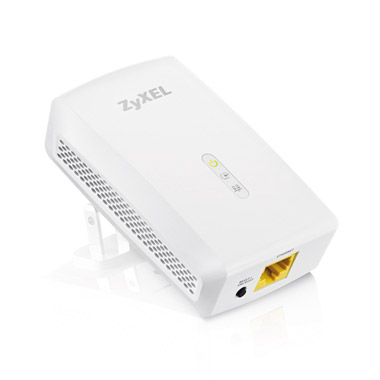

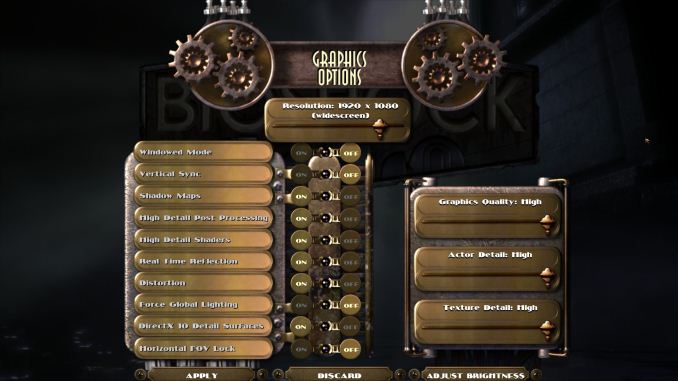
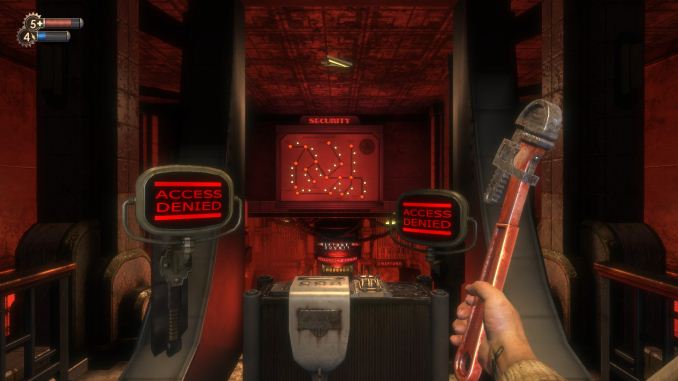

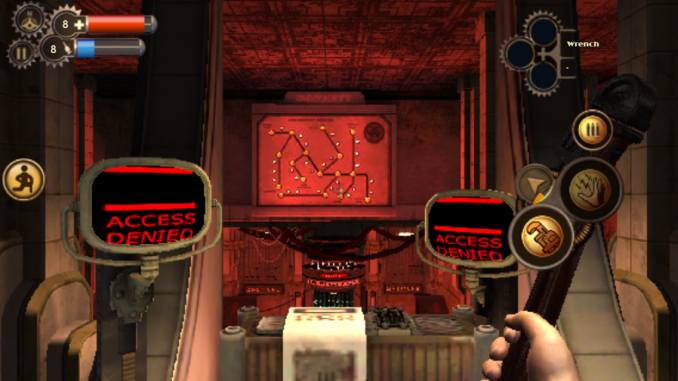


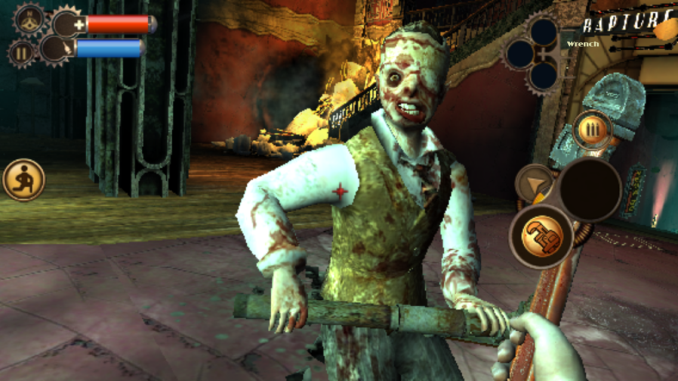

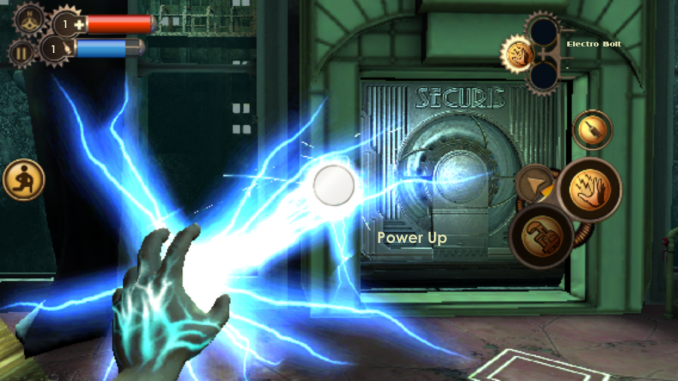
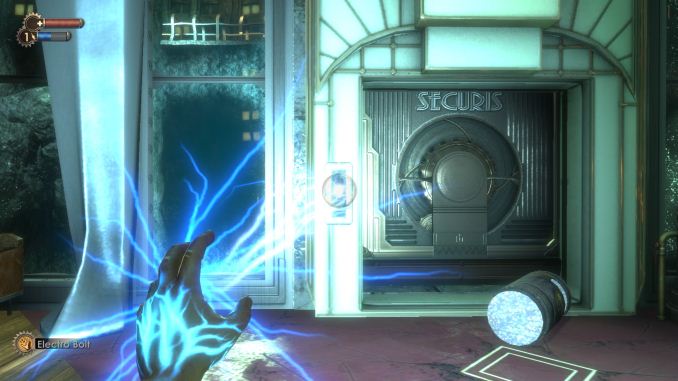

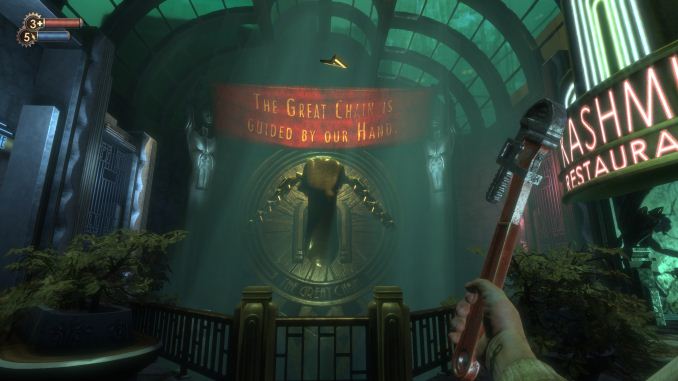
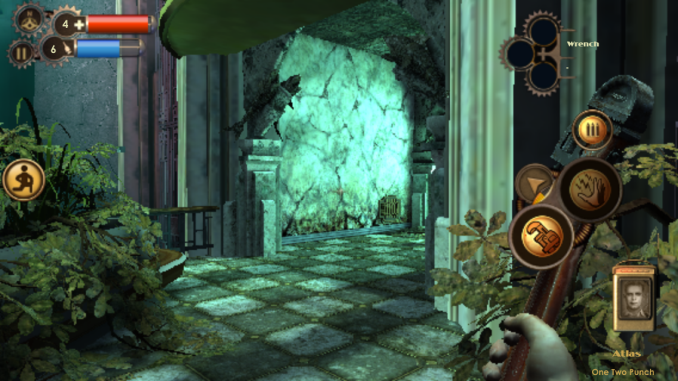
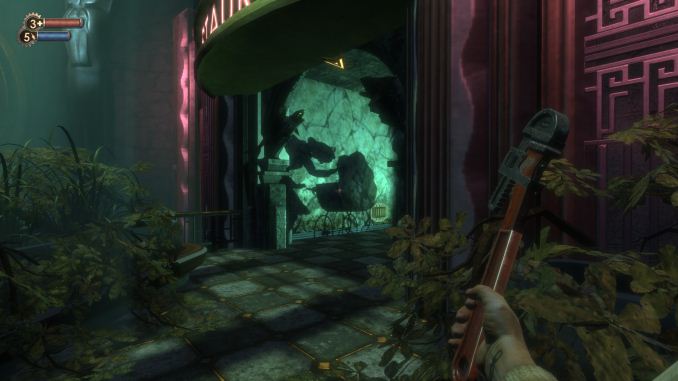






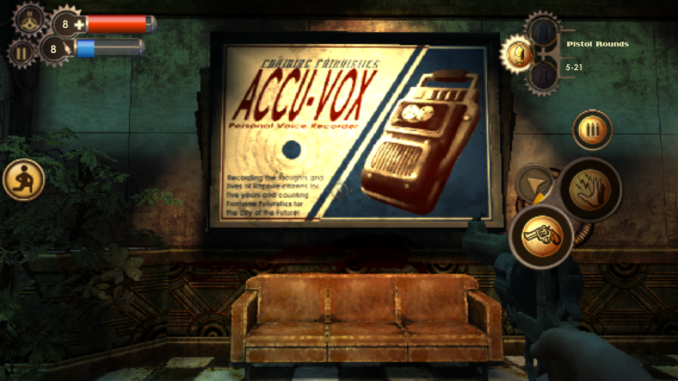
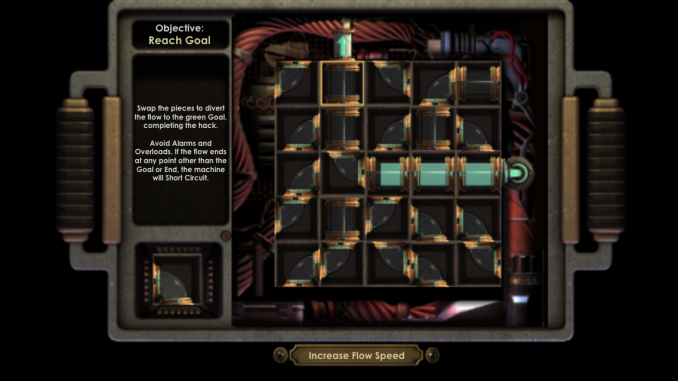









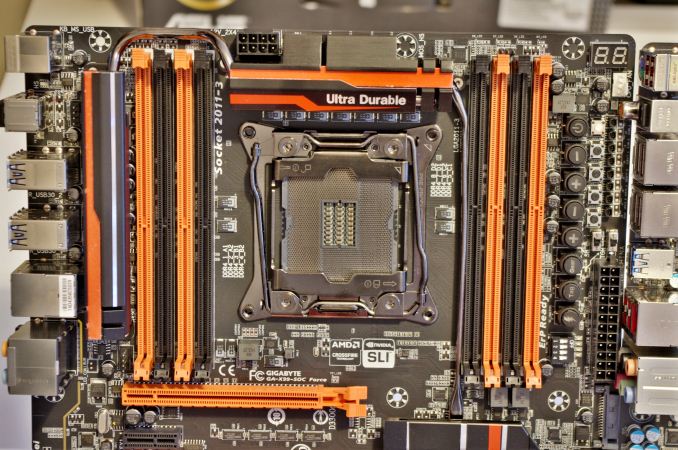
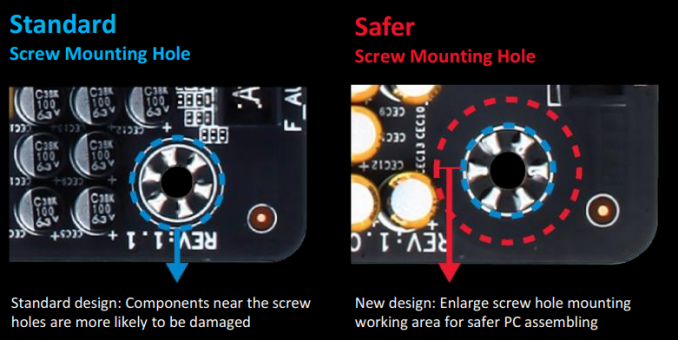
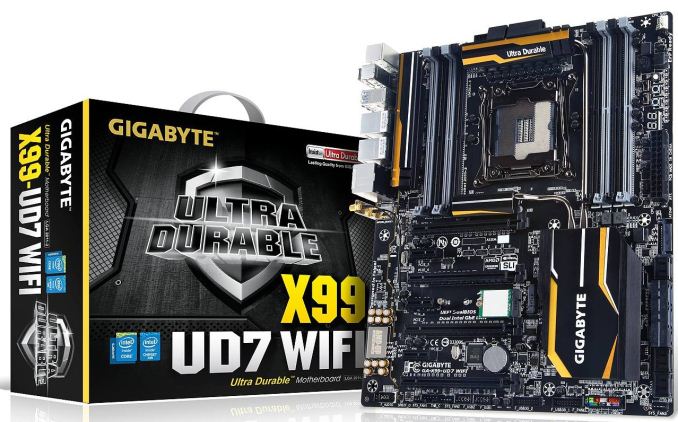
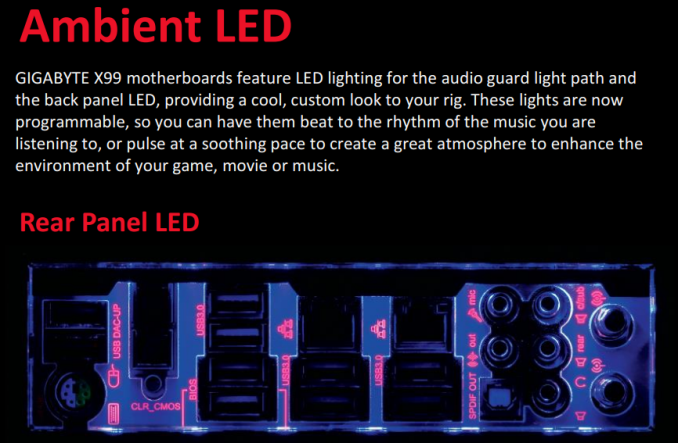
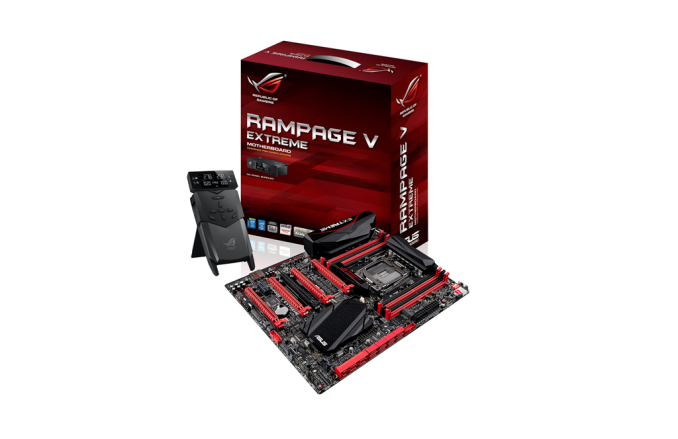
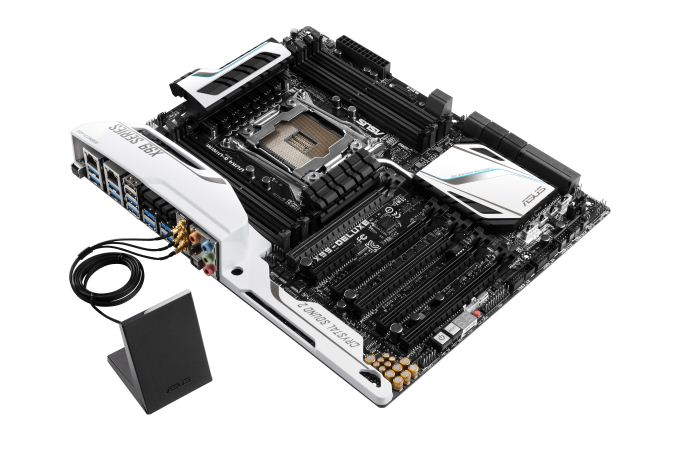
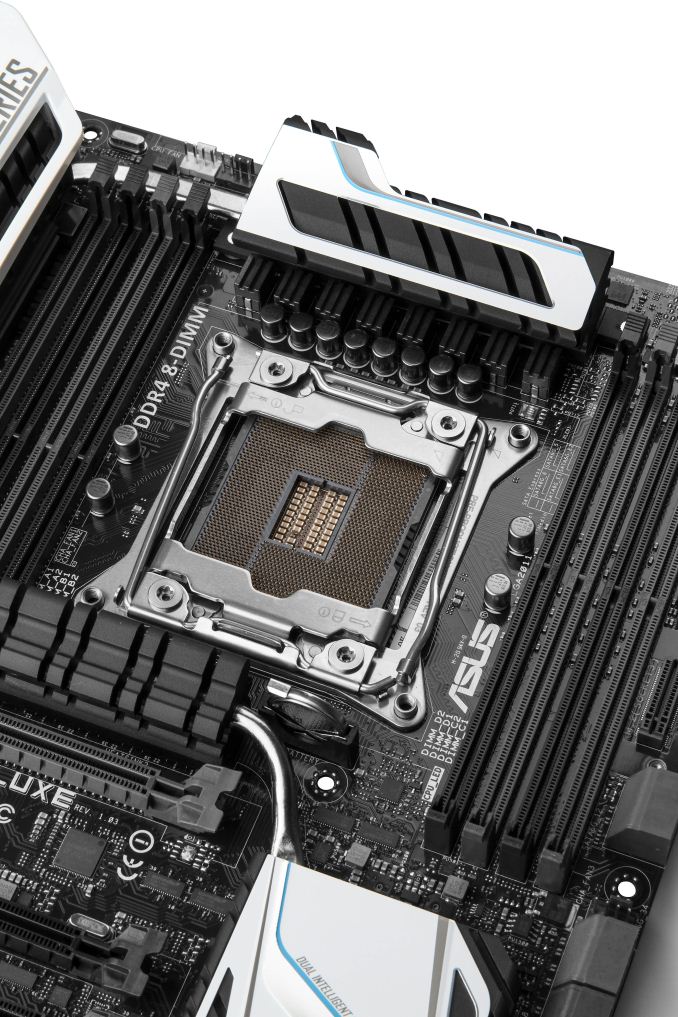
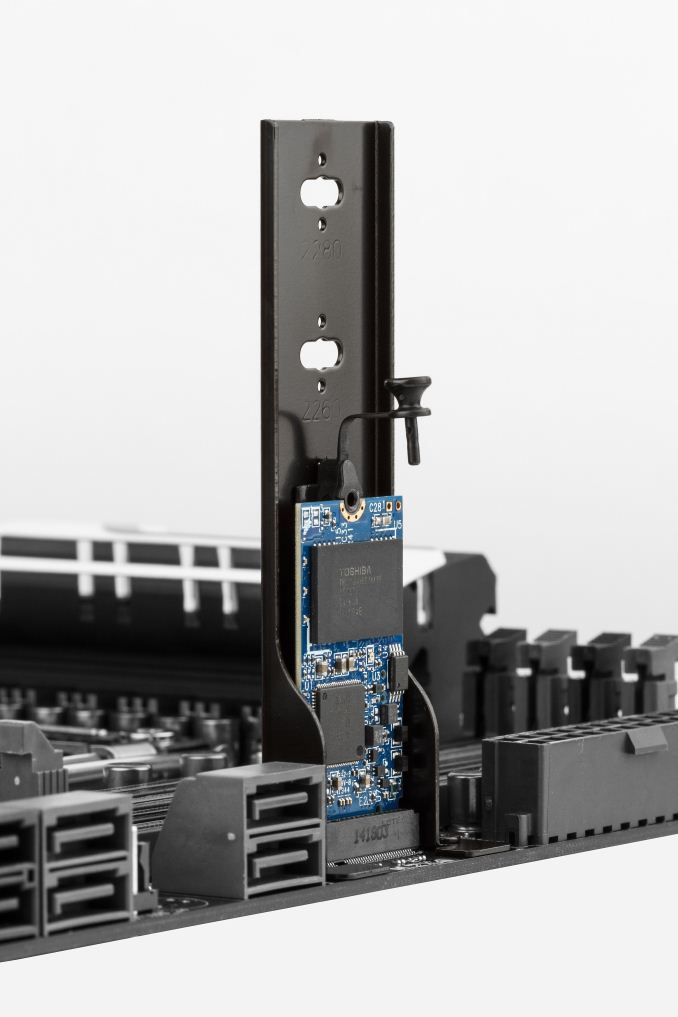
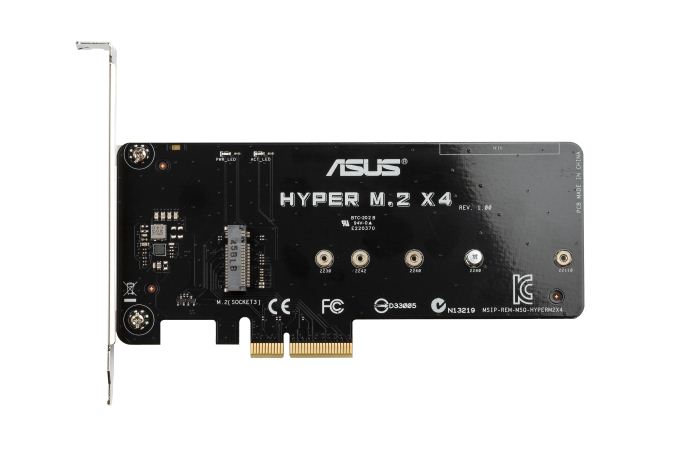
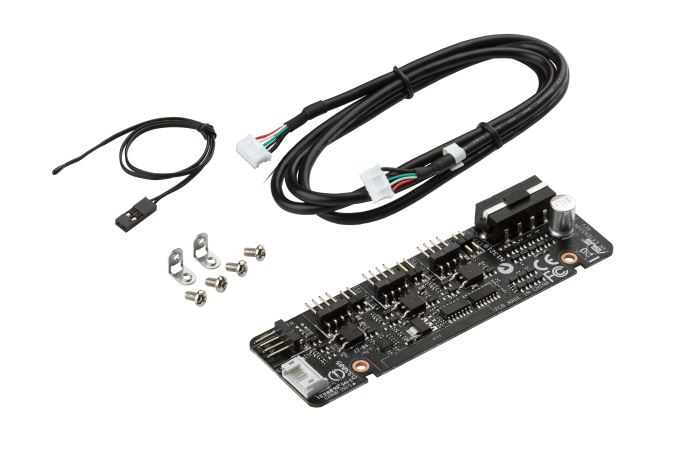
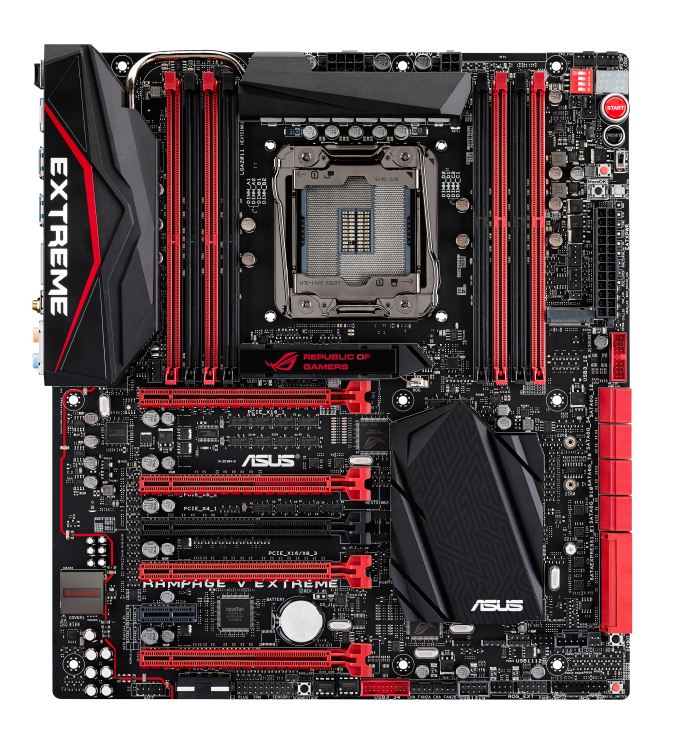

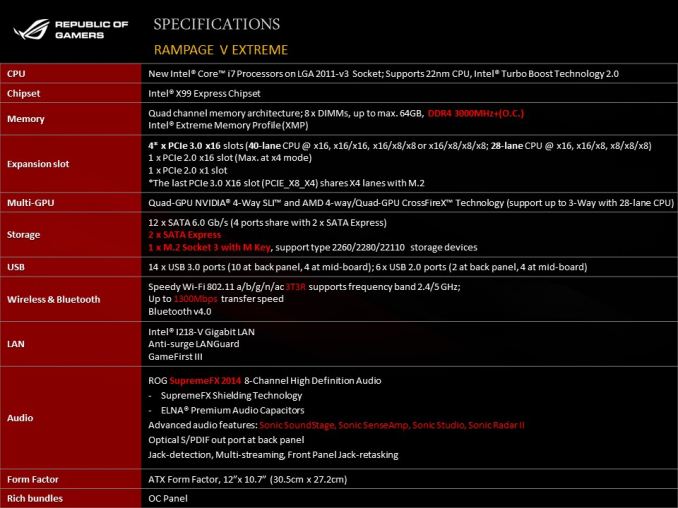
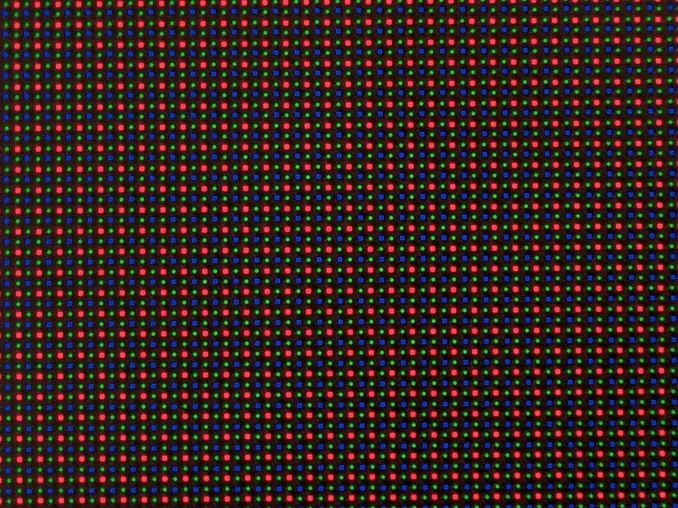

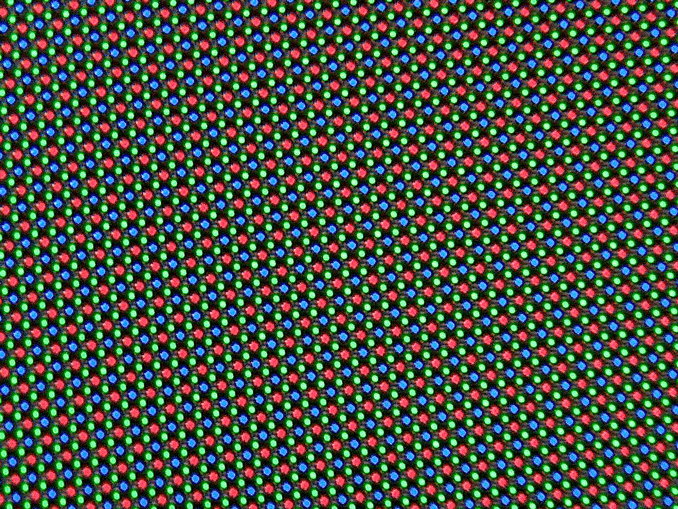


















Bookmarks